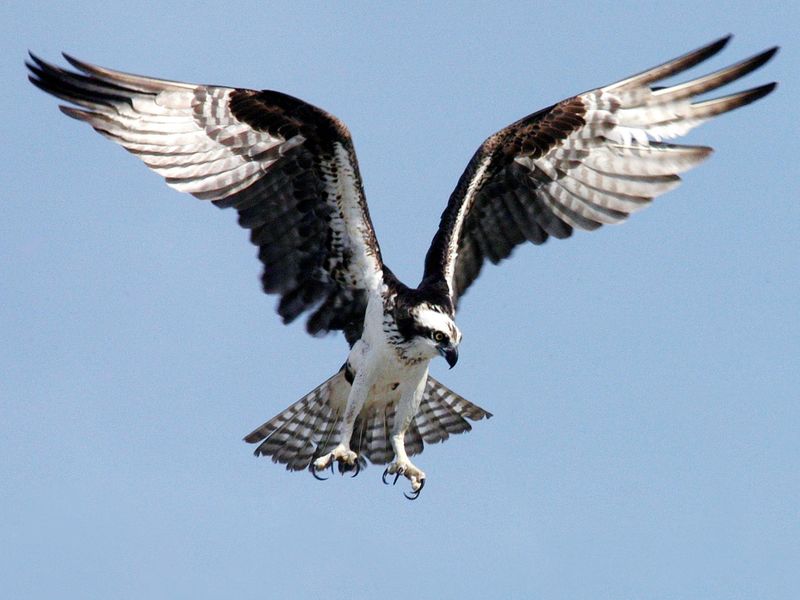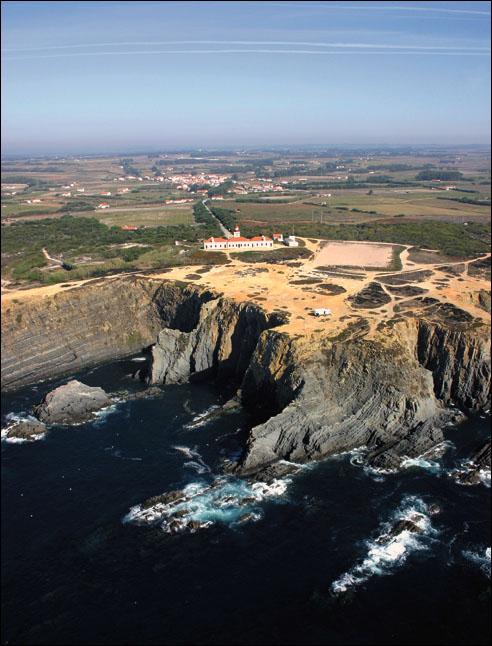The Last Eagle

No Concelho de Odemira, na área de paisagem protegida do Sudoeste Alentejano e da Costa Vicentina, entre Almograve e a Zambujeira do Mar, junto à aldeia de Cavaleiro, localiza-se o Cabo Sardão, o ponto mais ocidental da costa alentejana.
A zona do Cabo Sardão é um verdadeiro anfiteatro para observar a natureza. No alto das arribas costeiras, formadas por milhares de camadas de xisto, e com o mar azul como fundo, não poderíamos ter melhor cenário para ver de perto a vida selvagem.
É uma visita recomendável desde o final do Inverno até meados do Verão, sendo a Primavera o expoente máximo para observações de toda a espécie.
Com uns binóculos e algum tempo disponível, é possível ver com facilidade gralhas de nuca cinzenta, cegonhas brancas, gaivotas e peneireiros em grande actividade. Ao final da tarde, quando as aves regressam aos ninhos, a movimentação é grande. Com um pouco mais de sorte também é possível observar outras variadas espécies como pardais, pintarroxos, escrevedeiras, cartaxos, falcões-regrinos, gralhas-de-bico-vermelho, francelhos, entre outros.
Na origem da criação do Parque Natural esteve, entre muitas outras razões, a existência do último casal de Águia-Pesqueira em Portugal. Infelizmente, a fêmea morreu em 1997 presa em redes de pesca, mas no ano de 2000 outra fêmea apareceu para se juntar ao macho solitário.
Impossível é não prestar alguns minutos de atenção ao farol. Construído em 1915, com uma torre de 17 metros de altura, quadrangular de alvenaria com casa anexa, possui uma lanterna cilíndrica vermelha, de três relâmpagos brancos com um período de 15 segundos. Para saber mais pormenores sobre o interior do edifício e a vida dos faroleiros pode ligar para a Capitania de Sines e marcar uma visita guiada.
Outro aspecto curioso nesta costa é o facto de terem sido encontradas ocasionalmente peças arqueológicas recuperadas nas redes de arrasto, a cerca de 300 m. de profundidade. O material encontrado era constituindo principalmente por peças de cerâmica, nomeadamente ânforas piscícolas e vinárias com data de circulação dos Sec. V a I a.c. Estas peças encontram-se actualmente depositadas no Museu do Mar, em Cascais.
A cache:
Esta cache é uma homenagem ao último casal de águias-pesqueiras que escolheram esta região para viver e procriar.
Por favor sejam discretos…. E divirtam-se!!!

ENGLISH
In the region of Odemira, belonging to the area of protected landscape of south-western Alentejo and Vicentine Cost, between Almograve and Zambujeira do Mar, next to the village of Cavaleiro, the Cape Sardão is the most occidental point of Alentejo.
The zone of the Cape Sardão is a true amphitheatre for observing nature. In the high coastal land, formed by thousand of shale layers, and with the blue sea as background, we could not have better scenario to see closely the wild life.
A visit is recommendable in the end of winter until middle summer, being the spring the maximum exponent for observation of all the species.
With binoculars and some time, it is possible to see with easiness gralhas of grey nape, white storks, gulls and peneireiros in great activity. At the end of the afternoon, when the birds return to the nests, the movement is great. With a little more than luck it is also possible to observe other varied species as sparrows, pintarroxos, escrevedeiras, cartaxos, regrino hawks, peak red gralhas, francelhos, among others.
The reason for the creation of the Natural Park, between many other, was the existence of the last Fishing-Eagle couple in Portugal. Unhappily, the female died in 1997 caught in fishermen nets, but in the year of 2000 another female appeared to join the solitary male.
It’s impossible not to give some minutes of attention to the lighthouse. Constructed in 1915, with a tower of 17 meters of height, quadrangular of masonry with attached house, it possesses a red cylindrical lantern, of three white lightning with a period of 15 seconds. To know more details on the interior of the building and the faroleiros lifestyle you can phone the Captainship of Sines and mark a guided visit.
Another curious aspect in this coast is the occasional founding of archaeological artefacts that have been recovered in the drag nets, about 300 m. of depth. The joined material constituting mainly of ceramic parts, nominated amphoras, has date of circulation between the Vth century to Ist century b.c. These parts are currently deposited in the Museum of the Sea, in Cascais.
The Cache:
This cache is a homage to the last couple of fishing-eagles that have chosen this region to live and procreate. Inside the cache you can find part of its descents, therefore be gentle…
Please be discrete… And have fun!!!

